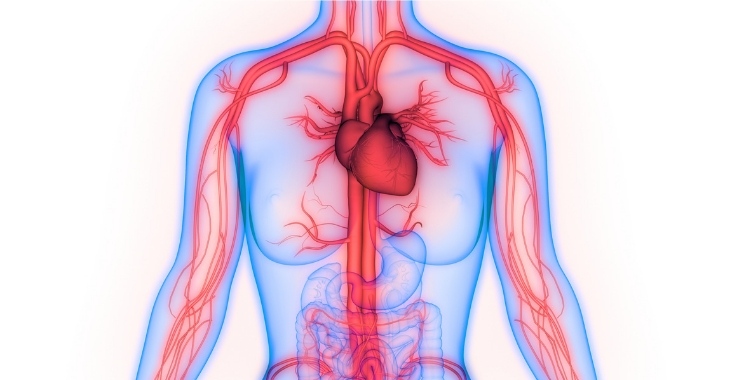What You Need to Know About Leg Blood Clots

Blood clots are thickened clumps of blood that can occur almost anywhere in the body in a vein or artery, but the most common place is in the legs. This is a natural occurrence – it can happen when you are injured or losing blood as a way to slow blood loss. These clots are meant to dissolve on their own, but in some cases they do not. The danger in leg clots is if they break loose and travel to the heart or lungs where it can cause a blockage, serious health risks and even death.
Symptoms of Leg Blood Clots
It is possible to have a leg blood clot and have no symptoms at all – almost 50% of people with deep vein thrombosis (DVT) do not have any symptoms. However, there are some symptoms that may alert you to a problem. Some include:
- Red discoloration on the skin
- Swelling
- Pain or tenderness in a specific area
- Warm sensation in the leg
These symptoms, when combined with high risk factors, can be a warning of a blood clot that may need treatment. High risk factors for leg blood clots include:
- Bed rest for any length of time
- Long periods of sitting – common when traveling
- Age – those 65-years of age and older are at higher risk
- Obesity
- Pregnancy
- Smoking
- Cancer
- Using some types of birth control pills
If you have any symptoms of a leg blood clot combined with high risk factors, getting a medical evaluation as soon as possible is recommended. If you are diagnosed with a blood clot, a vascular surgeon can remove blood clots as a precautionary measure to prevent possible complications, including pulmonary embolism, heart failure or stroke.
Posted on behalf of:
Alan Benvenisty, MD
1090 Amsterdam Avenue
New York, NY 10025
212-523-4706
The information provided on this website, including text, graphics, images, and other materials, is intended solely for informational purposes and should not be used as a substitute for professional medical advice, diagnosis, or treatment.



)